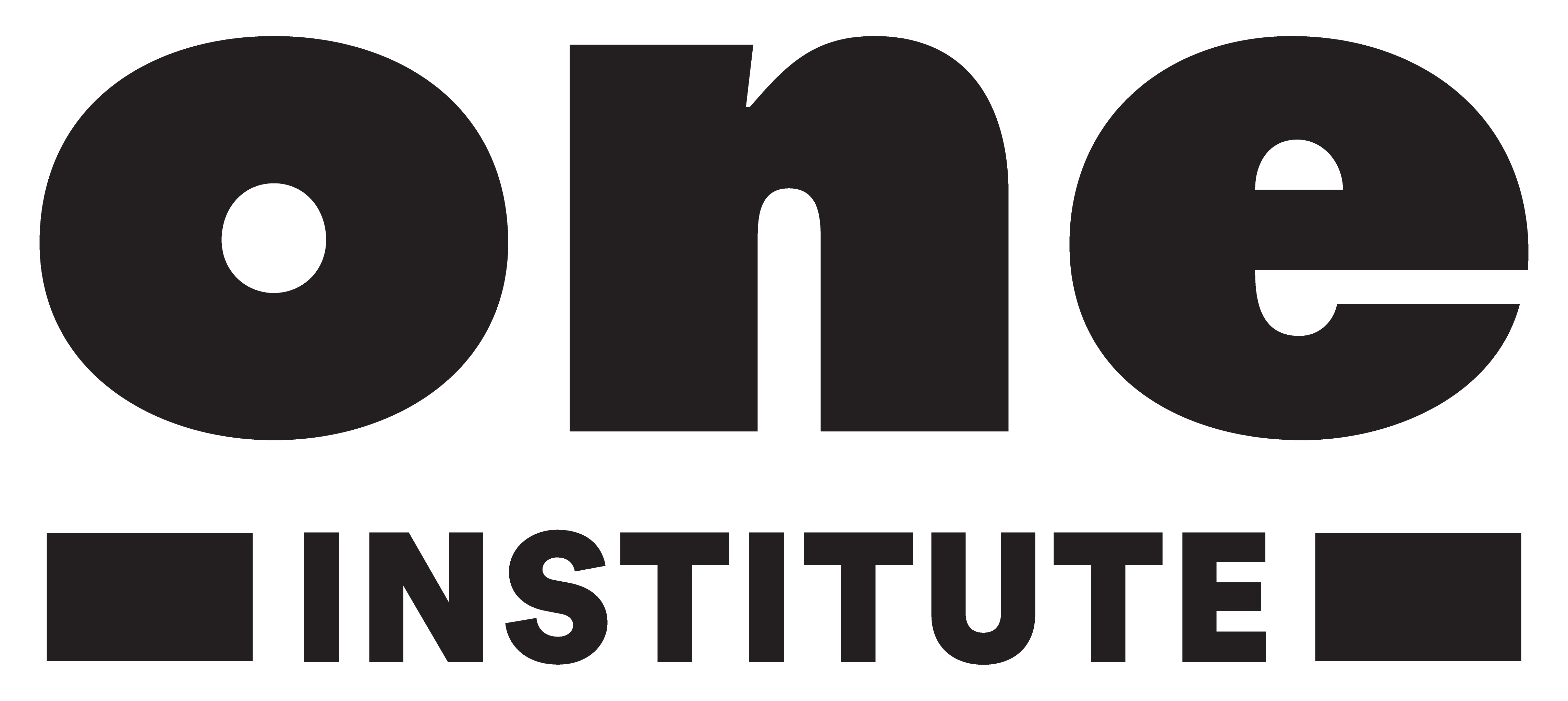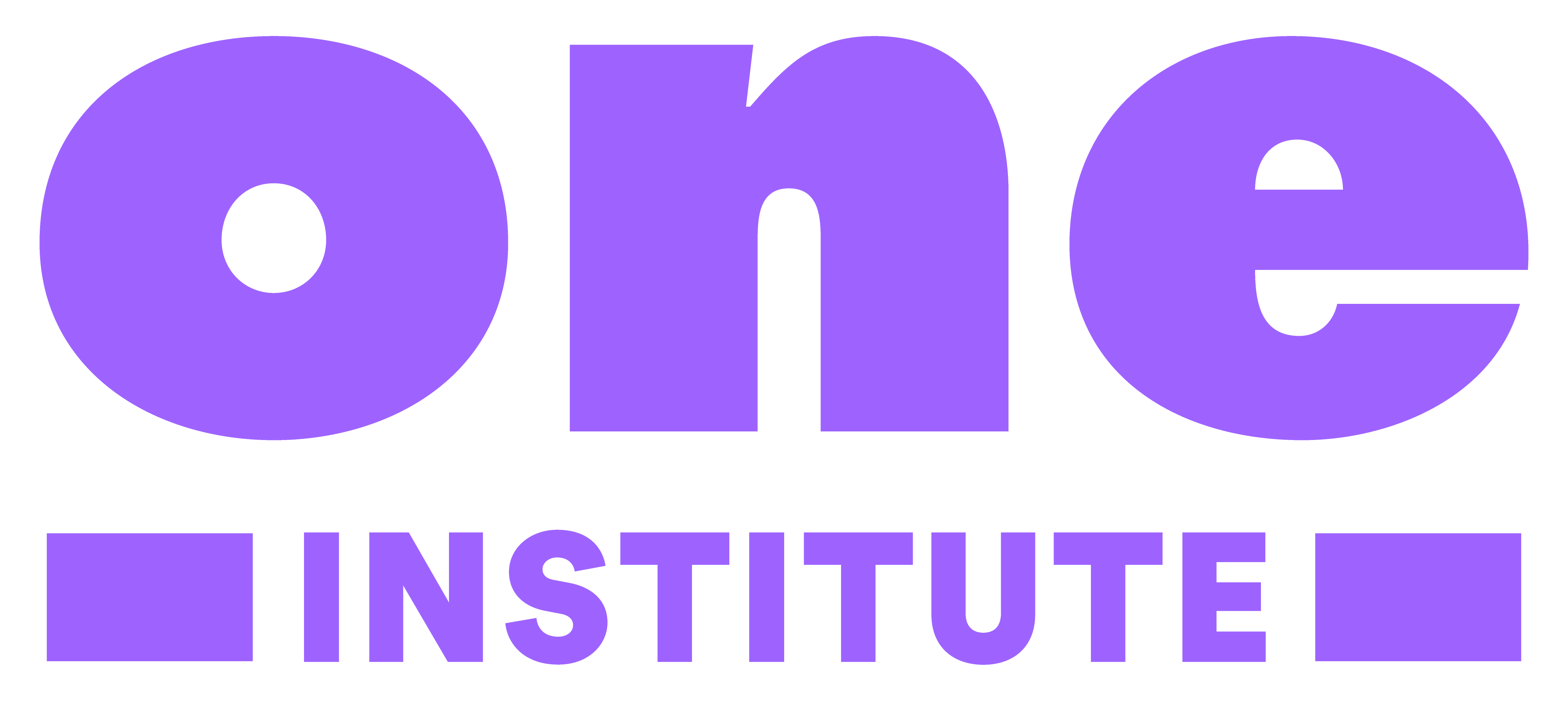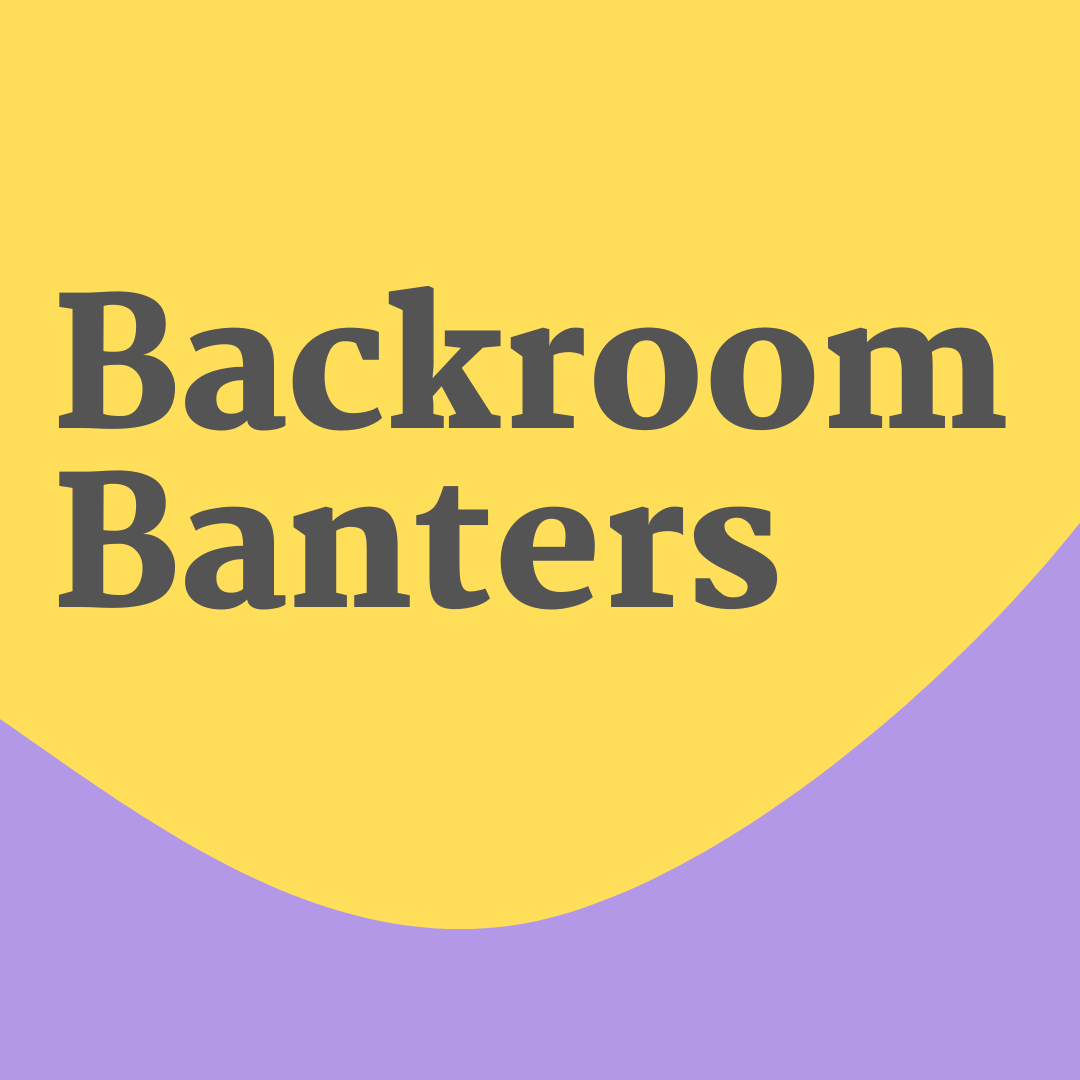Backroom Banters: Interview with Saphir Davis
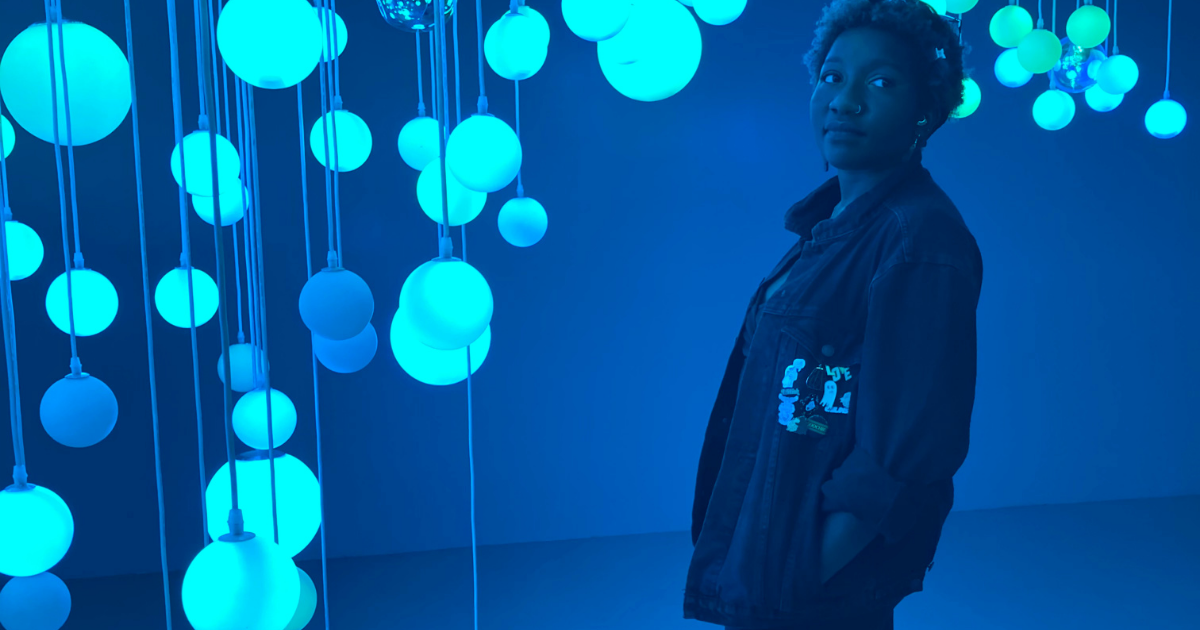
I feel what has been most powerful is that I have been exposed to so many queer figures that I had not known of before. Many of these figures are Black femme individuals, which brings me so much inspiration and powerful emotion as a nonbinary Black femme.
-Saphir Davis
I feel what has been most powerful is that I have been exposed to so many queer figures that I had not known of before. Many of these figures are Black femme individuals, which brings me so much inspiration and powerful emotion as a nonbinary Black femme.
-Saphir Davis
Tell us who you are and what you do as an LA County Arts Intern at One Institute.
I’m Saphir Davis (they/them). I am queer Black nonbinary femme activist and creator. In May 2020, I graduated from Loyola Marymount University where I studied Multimedia Art with interdisciplinary study in Psychology, African-American Studies, and Women & Gender Studies. A little queer fun fact about me: I was my graduating class’ Lavender (LGBTQ+) Graduation speaker (yes, it was over Zoom.) I am currently working with Brentwood Art Center as a Zoom Assistant, and from September 2020 to March 2021, I interned as the Exhibitions and Programming Intern with One Institute. I have had the honor of assisting ONE through design, event support, exhibition production, and many other incredibly powerful projects. Although my time as an LA County Arts intern has concluded, I am happy to share that my work with ONE continues. Sending an overwhelming abundance of gratitude to Umi Hsu, Erik Adamian, Jaime Shearn Coan, Jennifer Gregg, Kat Cheairs, Ted Kerr, Alex Juhasz, Jawanza Williams, Abdul-Aliy Muhammad, and many, many others who have been mentors and friends of mine during this journey.
Which projects have you worked on during your internship here? What are some of the highlights of your work here at OAF?
It is difficult to pick just a few highlights, as every project I’ve engaged with has been rewarding. The team at ONE empowered me as an intern to engage with a wide range of projects. I have had the opportunity to witness the process of creating a zine (What Does An Uprising Doula Do?) and create social media content from its previously published predecessor (What does a COVID-19 Doula Do?). These two zines explored the work of doulas, activists, and artists alike through the lens of Uprising and experiences with COVID-19, and working with them created a space of community and healing during the midst of the turbulent election season.
I also had the opportunity to co-curate a pop-up exhibit titled It’s Not Over: Posters and Graphics from Early AIDS Activism, for World AIDS Day. This experience of being deeply involved in all stages of producing a public art exhibit was very memorable and rewarding, as well as a most welcome challenge and opportunity for growth. I have also been able to shape the graphic identity and programming of our youth-focused efforts, Youth Ambassadors Online, and Youspeak Radio. This process gave me the opportunity to interact with queer history and activism across generations, and empower younger generations in the way ONE has empowered me.
Most recently, the project that has since day one (no pun intended) felt like the ‘capstone’ of my internship has been published at last and I couldn’t be more elated. It is a digital web edition of Metanoia: Transformation Through AIDS Archives and Activism, a deeply powerful exhibit exploring the history of HIV/AIDS through the lens of Black trans and cis women. Metanoia Online was very dear to me and I learned so much from the curators, collaborators, and my supervisor. It has had a deep and reverberating impact that I’ll always hold with me.
What has brought you joy during the pandemic and uprisings?
I believe what has brought joy and kept me going through the pain of loss (to COVID-19, White Supremacy, and many other forces) has been genuine connection, whether it be connection to myself, others, nature, or a spiritual energy. I’ve been deepening my self-care practice through tarot, therapy, and tea. I’ve been relishing in weekly Zoom check-ins with family and safely distanced one-on-ones with friends. I’ve been taking naps like it’s my (third) job and playing Spirit Island (a fantastic anti-colonialist board game). These little things have made me feel joy and at home. I would be remiss if I didn’t mention the daily joy and safety that comes from living with my partner Ryan and our two Emotional Support cats, Midi and Lua. These three and our home have been my constant safe landing for laughter and crying alike.
Do you have an art practice of your own?
I’m a Multimedia Artivist exploring how art can be a force for activism and restorative justices, particularly for queer and BIPOC folx. My thesis project, Confessions, was an installation queering and abstracting the notion of a womb and its connotations of both vulnerability and safety. The exhibition was meant to be a physical space that two individuals could enter for sharing and healing; with COVID-19 it transitioned to a digital multimedia space. I am working towards attending graduate school for a Masters in Art Therapy, after which I intend to work to decolonize and liberate wellness practices of White and privileged definitions. Ultimately I hope to foster trauma-informed care for marginalized communities, and close the gap in accessibility to healing modalities and spaces. Art, storytelling, music, and dance have forever fostered healing, resilience, and connection for my communities. U.S. culture particularly delegitimizes these and other forms of healing that are outside of institutional contexts, and I work to explore and facilitate centering and empowering these practices.
What is something that you have learned about queer history while working here that surprised you or you didn’t know before?
I have both a fun and deeper anecdote. During a Queer trivia event ONE threw, where I provided Zoom support, I learned that the ‘P’ in Marsha P. Johnson’s name stood for ‘Pay It No Mind’. I was so surprised by and really loved this fact and will never forget it.
On a different note, I feel what has been most powerful is that I have been exposed to so many queer figures that I had not known of before. Many of these figures are Black femme individuals, which brings me so much inspiration and powerful emotion as a nonbinary Black femme. These include many ancestors from Joann Walker (who is featured in Metanoia Online), to Ernestine Eckstine. It has been all the more powerful for me to reflect on how to learn about and celebrate fellow Black femme-identifying forequeers and transcestors during Black History Month and Women’s History Month. I’ve been feeling an abundance of Black Joy, Queer Joy, and overall powerful energy from those who have come before me.
Do you have any inspirational thoughts or ideas to share with future interns?
Something that has been very powerful for me was to get to know my co-workers as more than just co-workers, and to make opportunities to connect through our passions, our individual practices, and the things that make us laugh or bring us joy. It’s a deeply humanizing and fulfilling experience, especially during this digital time. I have chatted with my team about our cats, about queer tarot and astrology practices, about gardening, and much more. As much as you are interning to grow and expand yourself professionally, there is also so much opportunity to grow and expand personally. Don’t forget that you are a multiplicitous human with a bounty of wisdom and experience to share both within and outside of your work, and so are those who surround you.
Fati’s internship is supported by the LA County Department of Arts and Culture’s Arts Internship program.
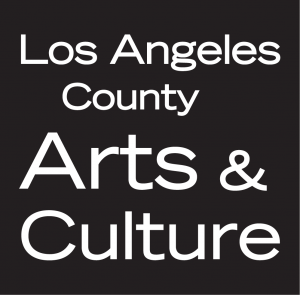
Images: (L) Courtesy of the Nini-Treadwell Collection © “Loving” by 5 Continents Editions. (M) Kang Seung Lee, Untitled (Avram Finkelstein, Sketches for Poster), 2020, graphite on paper, 59 x 44 in Courtesy of the artist and Commonwealth and Council, Los Angeles (photo by Ruben Diaz). (R) Photo by Texas Isaiah.
